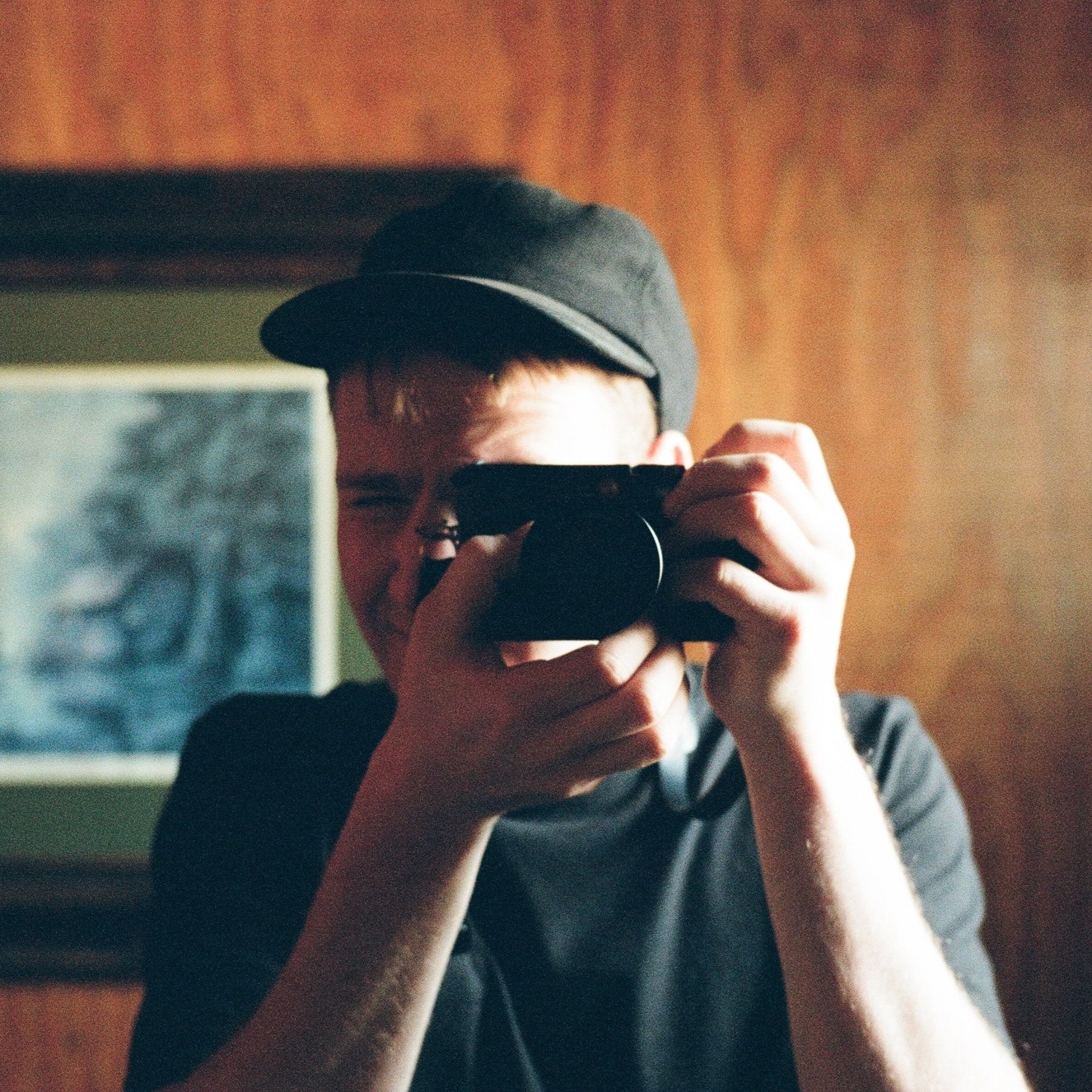Shop
A Pint with Cory Bonfiglio, a New York Beer Legend
Catching up with the beer buyer and partner at Brooklyn's Beer Street.
Tucked away on a quiet street in Williamsburg near the Brooklyn-Queens Expressway, Brooklyn’s Beer Street is low-key among the most elite beer bars in the five boroughs. It’s often so relaxed at the bar that you might not notice that the beers pouring from the taps are some of the rarest, ethereal, and most sought-after beers in the city. However, if you happen to stumble in for an event like the recent TRVE NYC launch, or as part of a Brooklyn bar crawl, things can feel–well–pretty metal.
This shouldn’t be a surprise though, given that beer buyer and partner Cory Bonfiglio started sneaking into the city as a teenager from Long Island to go to punk and metal shows. I sat down over a beer with Cory to ask him about where he got his start in beer and where beer is headed in New York.
Benjamin Pratt: So talk to me about your background.
Cory Bonfiglio: I currently live in Brooklyn but I’m from Long Island. I started my first beer job at Whole Foods on the Bowery after returning from a lengthy music tour. I initially got into beer because I was drawn to the beer labels in the same way I was with record labels. The Bowery Whole Foods was doing a lot with beer at the time and kickstarted the whole growler thing in New York. By doing the buying for the beer room there I was able to learn about so many brands and make strong relationships in the industry. This was all about ten years ago.
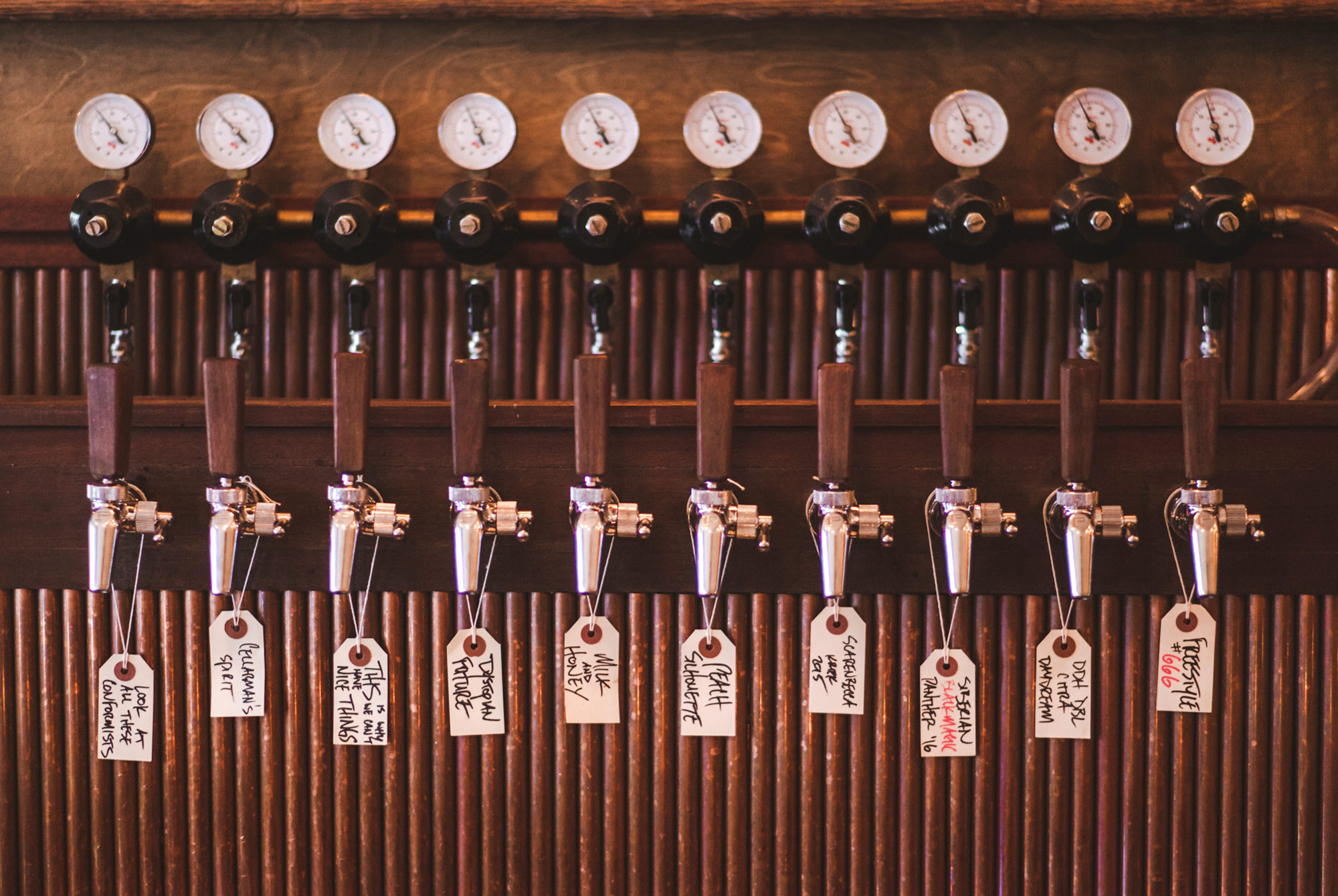
BP: And how did you get into the bar world?
CB: I started off bar backing at Jimmy’s 43 and Rattle ‘n Hum. Even though I knew a lot of beer, back then (and still now) beer knowledge was less important and there was more emphasis on experience and working your way up. I eventually started doing some fill-in bartending shifts, and somehow was poached by the Cannibal to be the service director and beer buyer. I essentially went from barback to manager overnight.
You see that they’ve ordered the steak and pigs head and walk over with the authority of being the only dude wearing a sweater and tell them they’re going to need a beer to pair with that.
BP: What was working at the Cannibal like?
CB: At the time, it was fun working in Murray Hill because people like to spend money. Dudes in suits that cost more than my entire wardrobe would dine there regularly. You see that they’ve ordered the steak and pigs head and walk over with the authority of being the only dude wearing a sweater and tell them they’re going to need a beer to pair with that. I spent about a year at the Cannibal, and it was there that I really started to think about service in beer bars. Service in most beer bars at that time, and most beer bars still today, was lacking. The response to being asked about a beer was to just give a blind taste. Cannibal was attached to a restaurant, so we had to take the service aspect more seriously.
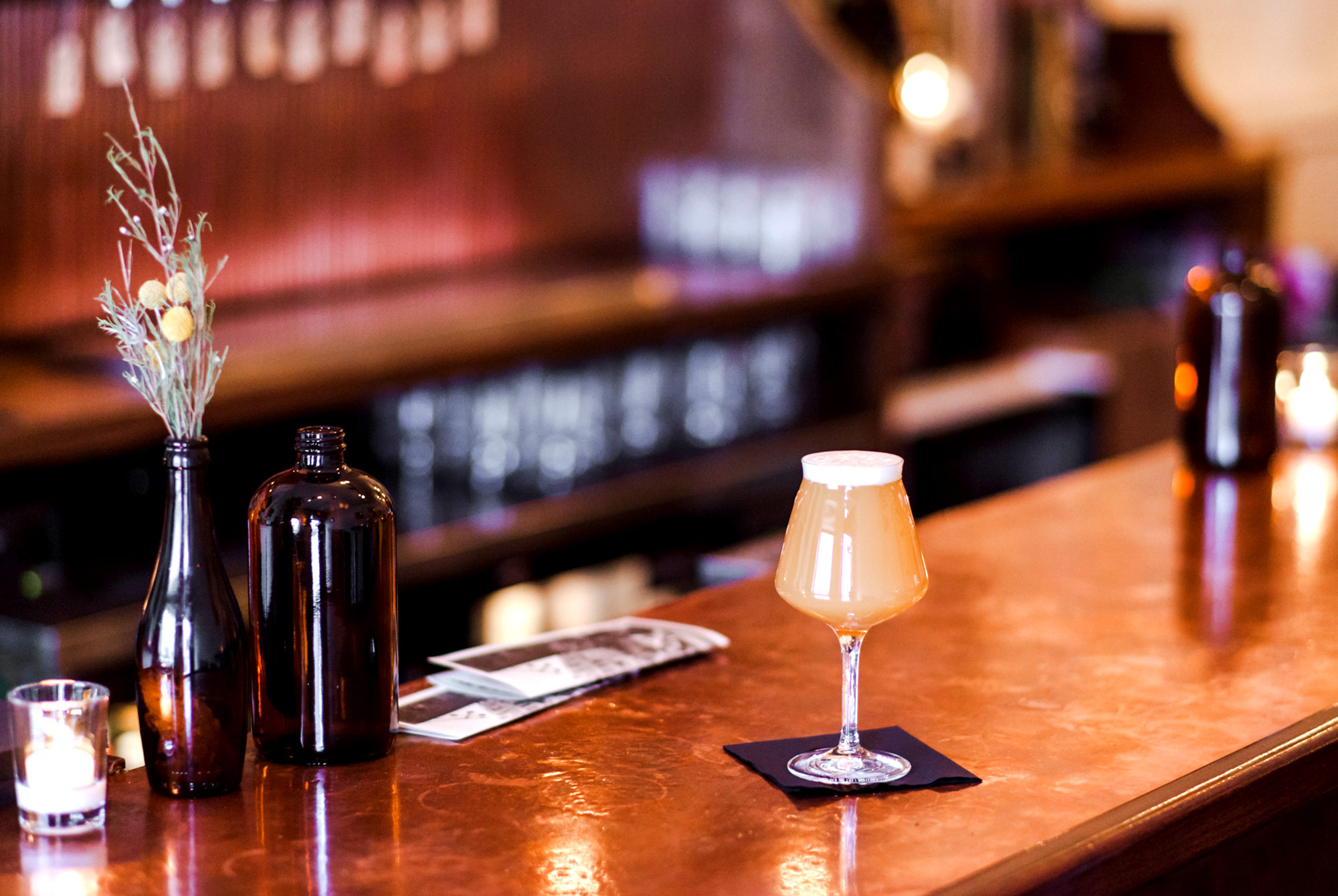
BP: What are your thoughts on tasting policies? I’ve noticed a lot of newer beer bars offering multiple size pours rather than free tastes. The idea being that you can’t make an evaluation off one sip.
CB: Exactly. An ounce or two is not an evaluation. And giving people free samples infringes upon service time with other people. And a lot of it also comes down to scarcity. If I’m pouring a six-ounce lambic for $12 dollars, I’m not going to give away $2 to everyone.
BP: [Laughs] Not to mention the tick-bros who come in and want to taste the five IPAs on draft before ordering one. Anyway, tell me about your time at Proletariat, which is where I think most people first heard about you.
CB: After the Cannibal, I became the beer buyer and bartender at Proletariat. At the time, there was nothing else like Proletariat in terms of beer selection. This was even before Tørst.
We fought the battle early to have beer be taken more seriously–telling the story of who makes the beer and what the beer is like. The crazy beer selection was also coupled with service–and the reputation of service that comes from being in the same family as Death & Co. When you’re serving expensive shit, you had to make a show. We were one of the first bars in the country to use tekus.
With the proliferation of fancy beer, people are now more comfortable with the price of admission.. Back then, we used to have to create a show or tell a story for added value. Bartending there solo could be hard and I learned a lot about speed, efficiency, order of importance, and graciousness. There was also the difficulty of making a living at a small bar that isn’t as volume based. We couldn’t live on making a dollar tip per beer. We had to offer a level of service that would warrant 20+% gratuity. But I felt my time there winding down, I eventually grew tired of building a great bar for somebody else.
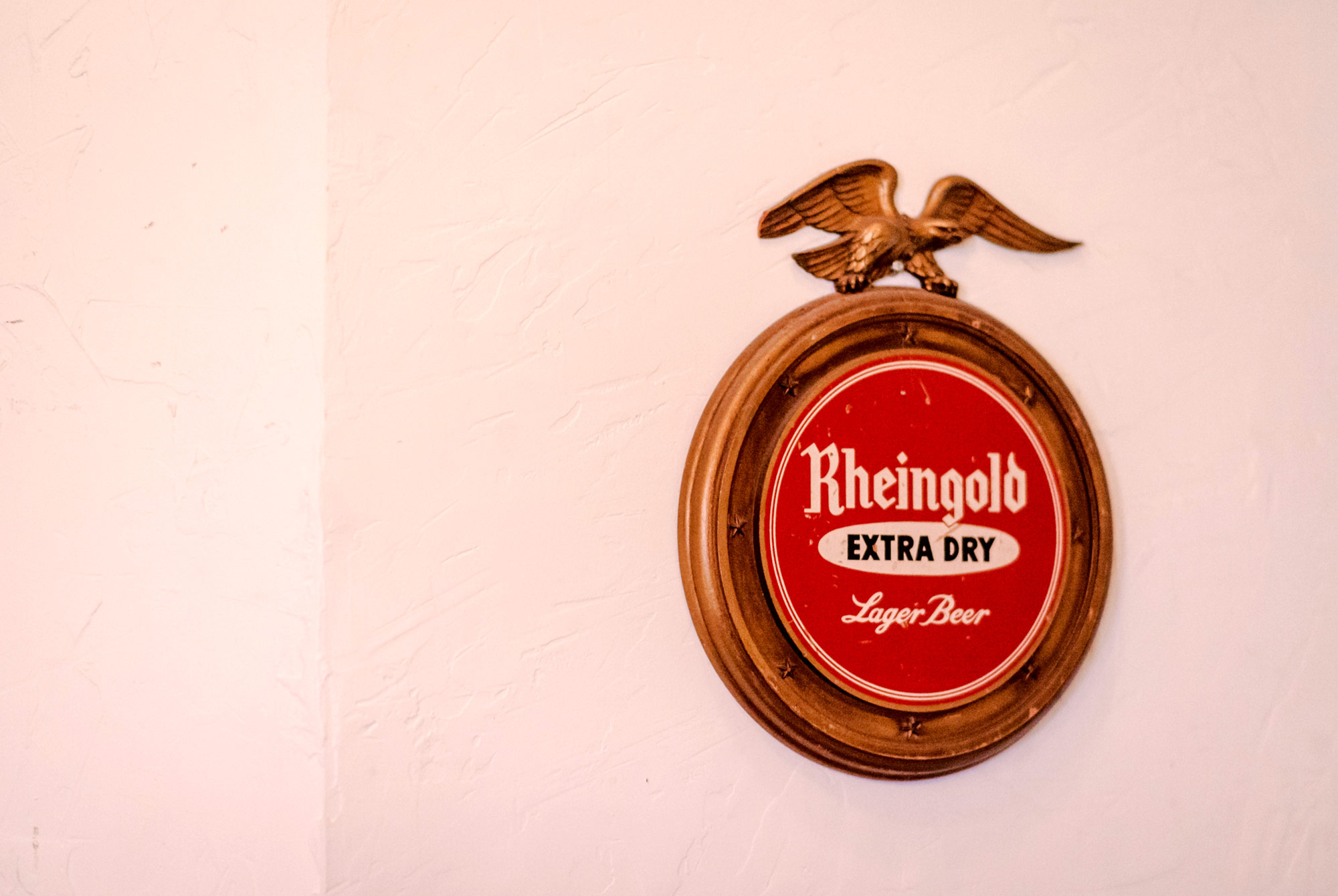
BP: How did Beer Street come about?
CB: Beer Street has been open in its current iteration for three and a half years now. It was originally a beer shop and tobacco store that we converted into the bar when we took it over. My partner and I bought in to assist with the transition and took it over completely about a year in. I operated the two bars (Proletariat and Beer Street) at the same time for the first year, while being in a new relationship. Madness. I was worried about quitting Proletariat because it had done so much for me. We elevated each other’s names. But it wasn’t the first time I quit a good gig to start something new and (ideally) better.
Service in most beer bars at that time, and most beer bars still today, was lacking. The response to being asked about a beer was to just give a blind taste.
BP: How do you approach the beer program at Beer Street? You guys always have such a tight and diverse selection whenever I’m here.
CB: We only have ten draft lines here, and now that so much has changed in New York we sometimes wish we had more. During 2015 beer week, we decided to shift the focus entirely to local beers because that didn’t exist yet in New York. Our draft selection is purely based on the relationships I’ve built over the years. People know they can come here and get the cool shit as soon as it drops. But we still keep beers from the homies like Oxbow and Birrifio Italiano in the rotation as well. Generally, when I pick the beers, I either choose the best possible quality, or beer that is really fun. We’re just really lucky that the local breweries are as good as they are. And there’s a lot of them now, which is fucking nuts to think about.
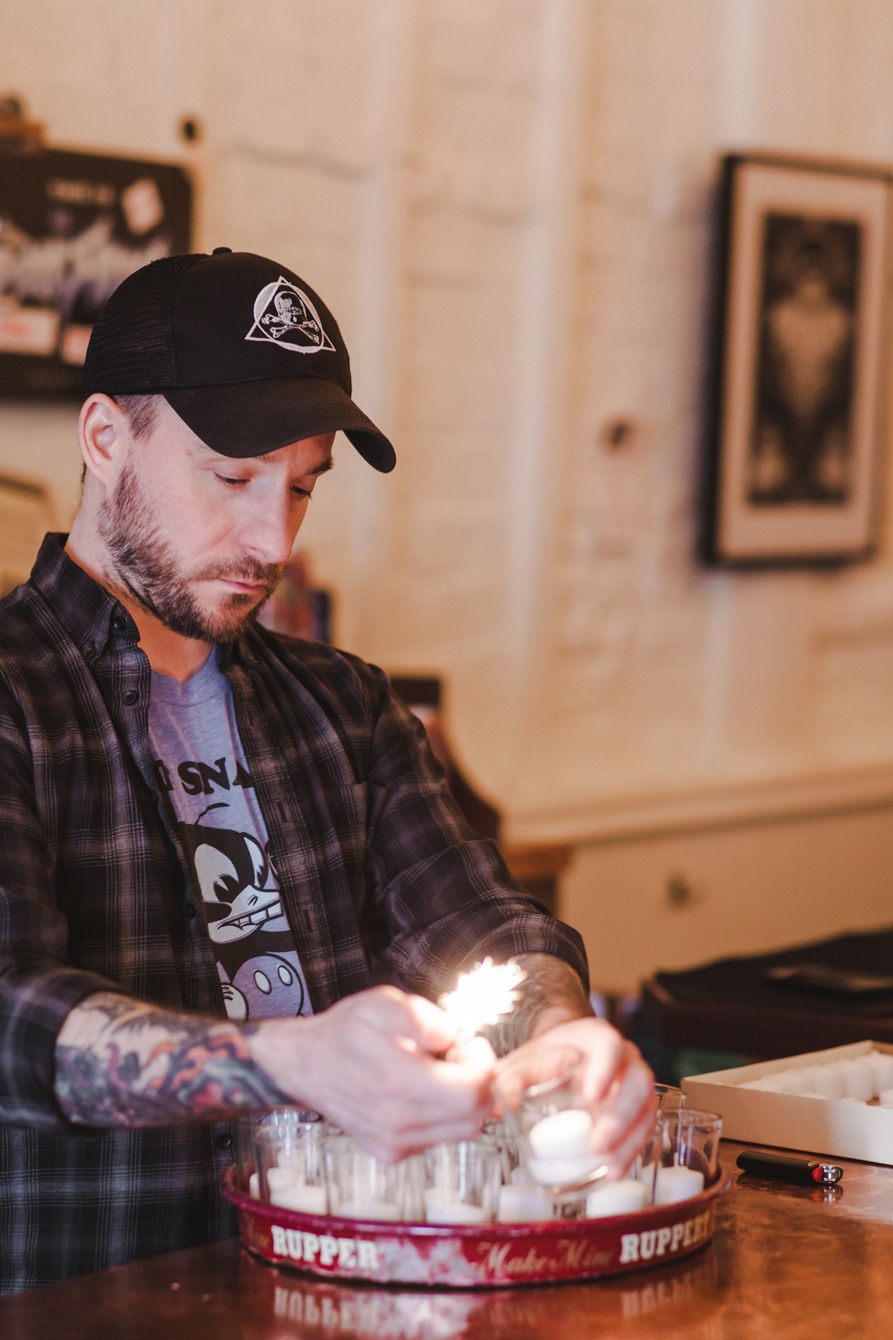
BP: And the name?
CB: Beer Street is from a pair of prints by William Hogarth which were commissioned by the English government in the 18th century. Beer Street represents a vibrant, prosperous community while Gin Lane is awash in depravity and suffering. It was essentially a propaganda piece using the fear of pain and death to convince the populace to drink the domestically made product – beer – as opposed to imported gin.
BP: You’ve been in this game for longer than most. What are your feelings on the recent beer craze and some of the new trends we’re seeing?
CB: When I started drinking beer, I was super into Belgian stuff. Strong, sweet, relatively easy to drink. I didn’t appreciate IPAs at that point because I didn’t have the palate for bitterness. That took time to naturally develop through tasting a wide range of styles over years. Now people’s introduction to drinking beer is NE IPAs and it just sucks. People are buying beers that largely taste the same and buying art and image as opposed to the liquid.
It’s absurd that the serving size for a double IPA is 16 ounces. It’s confounding and difficult and frustrating. You can’t use the term “selection” to define the quality of a beer bar anymore. There’s no soul in just having a bunch of IPAs on draft. A bunch of fancy beer in a room and a good PR agency isn’t enough to run a good bar. It’ll be interesting to see what happens if this bubble bursts.
What will become of all these breweries that don’t know how to do anything else? At this point, the liquid itself is no longer a qualifier. People come in here and ask what I’m into right now and it’s usually the Pilsner! Sharper, leaner, crisper Saisons and Pale Ales. Those styles aren’t going anywhere. They’re the backbone of all this. You remember the Black IPA, White IPA, Session IPA… now it’s all Double IPAs. And so many of these beers tasting the same isn’t just palate fatigue.
BP: How do you differentiate yourself in such a competitive beer climate?
CB: Just keep doing what I do and know that I’m one of the best. I can’t foresee what will come sweeping through the industry that will make people like me irrelevant. People want a nice time and experience and that’s what we strive to achieve.
Now people’s introduction to drinking beer is NE IPAs and it just sucks. People are buying beers that largely taste the same and buying art and image as opposed to the liquid.
BP: How would you sum up how the New York beer scene has changed since you started?
CB: Well, it exists now [laughs]. I remember when Sixpoint opened and we were all like, “Oh shit there’s another brewery in Brooklyn now.” Then Barrier opened up in 2009; and they’re a city brewery, I don’t care what anyone says. It’s amazing that talented people can turn what they love into a business. It’s not surprising because it’s New York and there’s so many talented people. I’m lucky enough to get to sell their beer. With so many new breweries opening by people who have been in the NYC beer scenes, homies are becoming heroes.
BP: And your Desert Island Beer?
CB: Suarez Family Palatine Pilsner.


